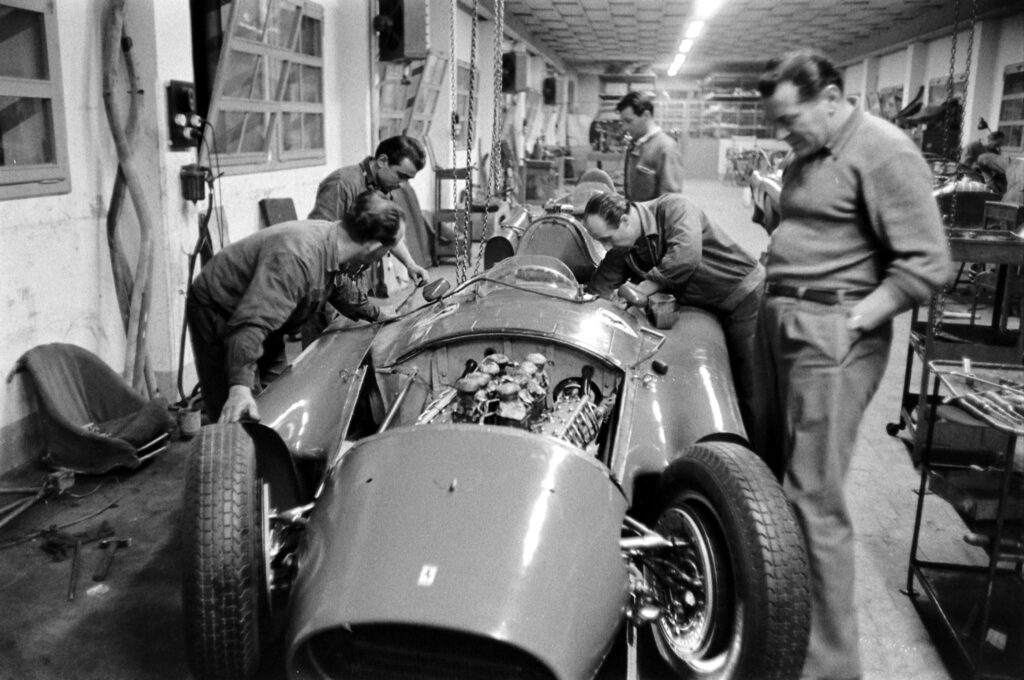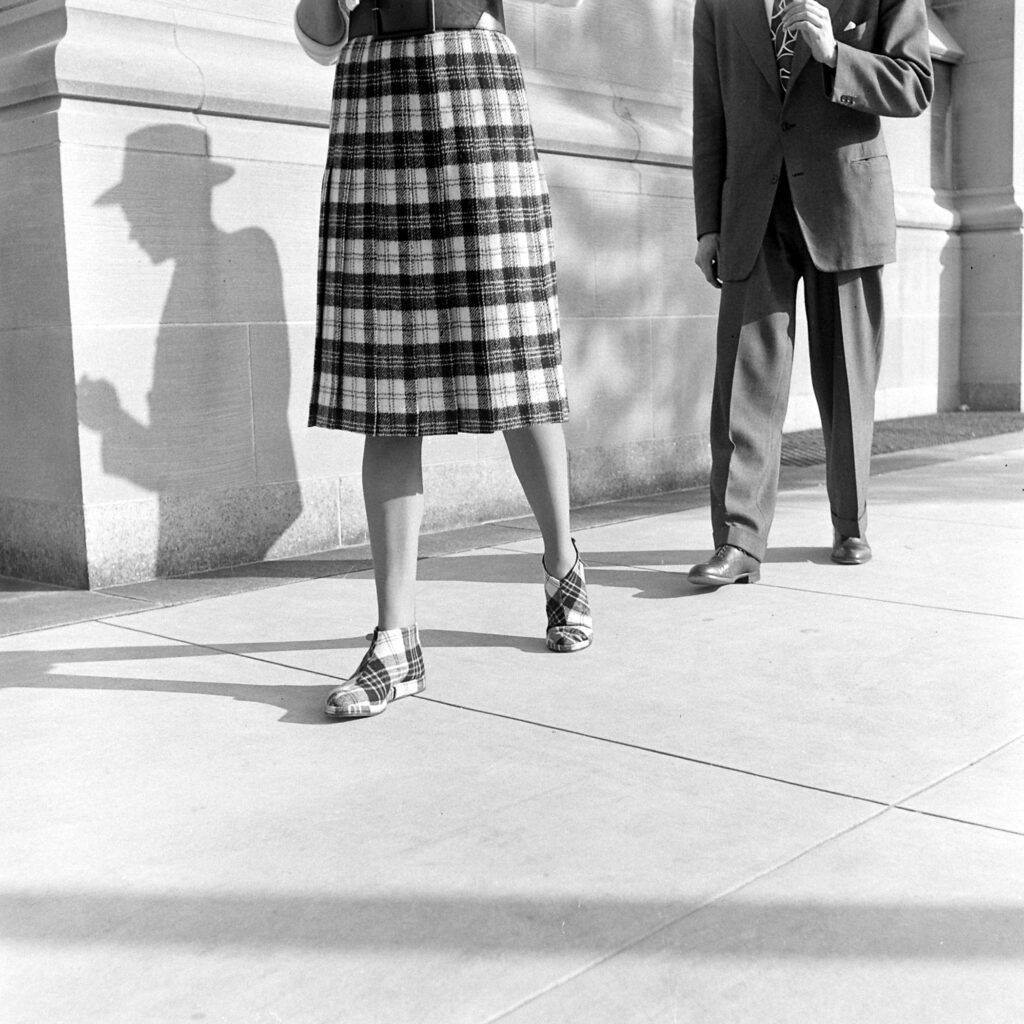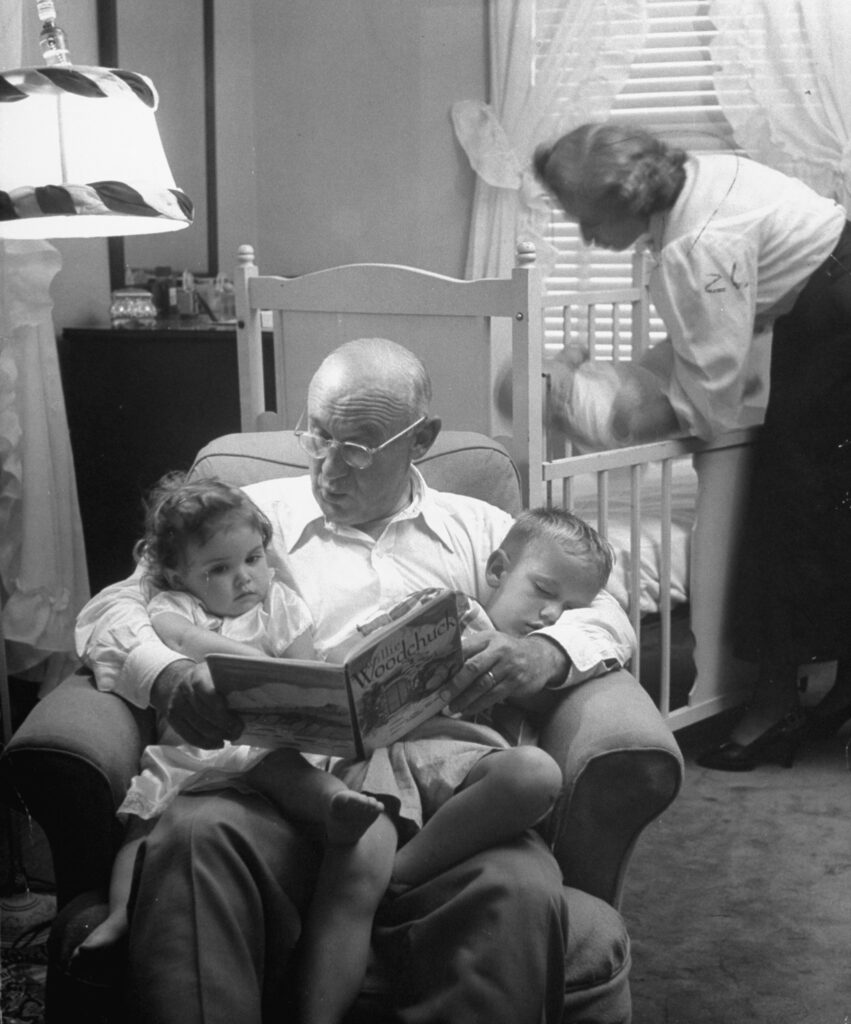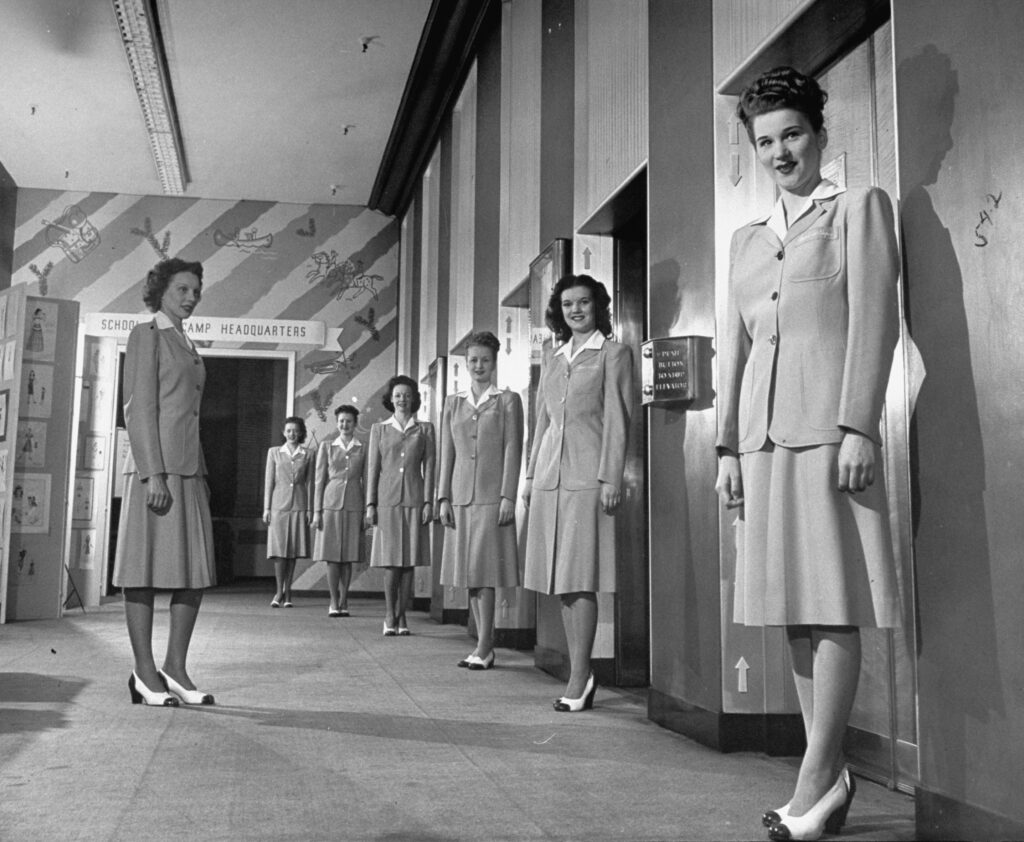Albert Schweitzer—the Nobel Peace Prize laureate, theologian, musician and “medical missionary” who spent decades in West Africa—was one of the most recognized figures of the 20th century. To some, he was a well-meaning but ultimately patronizing European bent on enlightening the “Dark Continent” of Africa; to others he was a man whose tireless work with men, women and children suffering from leprosy, malaria, elephantiasis, whooping cough, venereal diseases and countless other vile illnesses elevated him to something close to sainthood.
The reality of Schweitzer’s life and work, meanwhile, was both more complicated and more deeply fascinating than either of those rather simplistic estimations of the man.
In November 1954, LIFE magazine published a feature story on Schweitzer, “A Man of Mercy,” with photographs made by the great W. Eugene Smith. Here, LIFE.com republishes Smith’s photos of Schweitzer, as a reminder of the man’s stature and a celebration of one photographer’s singular vision.
In that issue, LIFE wrote:
“No one knows me,” Albert Schweitzer has sad, “who has not known me in Africa.” In Norway last week, where he had come to acknowledge a Nobel Peace Prize, crowds jammed streets to cheer a great figure of our time. As they cheered they were convinced they knew him well: he is the humanitarian, warm and saintlike. In full manhood he had turned away from brilliant success as a preacher, writer and musician to bury himself as a missionary doctor on Africa.
All this was truth but admirers who have followed Dr. Schweitzer to French Equatorial Africa [specifically, Gabon Ed.] know a different man. There, amid primitive conditions, Europe’s saint is forced to become a remote, driving man who rules his hospital with patriarchal authority. For those seeking the gentle philosopher of the legend, he has a brief answer: “We are too busy fighting pain.” Then he turns back to the suffering and the work that make up the African world of Albert Schweitzer.”
The story behind the most enduring image of the entire photo essay in LIFE, meanwhile, illustrates something quite elemental not about Schweitzer, but (characteristically) about the prickly, occasionally bombastic master photographer who made the picture, W. Eugene Smith. The photograph—the first in this gallery—is beautiful, and telling: here is Dr. Schweitzer, deep inside Africa, overseeing the building of a hospital. It is a portrait that captures so many aspects of the man in one frame: his dedication, the power of his personality, his magnanimity, his “otherness” and at the very same time the rightness of his presence in a land thousands of miles from his birth.
There’s really only one problem with this portrait: it’s not true. Or rather, what truth it contains only survives to this day because Smith drastically manipulated the photograph, combining elements from two separate negatives in order to impart in one picture the narrative he was dead-set on conveying. The silhouetted saw handle and human hand in the lower right of the frame were not part of the larger picture when Smith made it; instead, he combined elements of two distinct images to create a third, now-classic shot of a man quite literally on a mission. (One story says the saw and the hand were added to cover a blurred patch on the larger picture; others who know Smith’s work argue that he simply wished to add a new graphic element and another layer of quiet drama to the whole.)
That this sort of manipulation contravened LIFE’s own photojournalistic guidelines mattered little then—Smith, after all, developed and printed his own work, refusing to allow others to handle his film, his negatives, anything at all—and, in all honesty, it matters even less now. The fact of the matter is, by the time LIFE sent him to Africa to chronicle Schweitzer’s work and his world, Smith was already a legend. He had made some of the most memorable photographs to emerge from World War II (and been wounded while in the Pacific). He had pioneered the photo essay form for LIFE with landmark work like “Country Doctor” (1948) and “Nurse Midwife” (1951). He was prickly, difficult, indefatigable and routinely produced work that most photographers would give their right eye to have made.
The sort of tinkering Smith engaged in with that one, iconic Schweitzer photograph might be frowned upon today. Any contemporary photojournalist who admitted to such behavior would probably be excoriated by his or her peers, as well as by the general public.
W. Eugene Smith, on the other hand, has largely escaped such censure for one reason, and one reason only: he was W. Eugene Smith, and for better or worse, when it comes to aesthetics and even, to some extent, when it comes to ethics genius has always played by, and been judged by, a different set of rules than those that govern the rest of us.

Albert Schweitzer supervised the building of a hospital in Gabon, West Africa, 1954.
W. Eugene Smith/Life Pictures/Shutterstock

A new mother was carried across a hospital village’s street from the delivery room to a ward. Her baby, after being washed and clothed, would be cared for at the mother’s bed.
W. Eugene Smith/Life Pictures/Shutterstock

A big-eyed baby was fed in the hospital nursery. Children whose parents were unable to care for them were kept as long as three years before being turned over to tribal relatives.
W. Eugene Smith/Life Pictures/Shutterstock

The doctor at work examined the post-operative patients on the upper floor of the Schweitzer-designed structure. The lower section, behind the waiting patients, was used for storage and emergency rooms.
W. Eugene Smith/Life Pictures/Shutterstock

Intent on his job, one of Dr. Schweitzer’s workers leaned his weight against a crowbar as men tried to roll a great rock out of the main street of the new village for lepers.
W. Eugene Smith/Life Pictures/Shutterstock

His umbrella, carried to work in the wet season, was stuck in the sand when Schweitzer went to another job.
W. Eugene Smith/Life Pictures/Shutterstock

His shoes for muddy rainy season weather were nearly 30 years old.
W. Eugene Smith/Life Pictures/Shutterstock

A portable railroad, lent by a nearby plantation owner, was set down in the main street of the leper village for a major project in earth moving.
W. Eugene Smith/Life Pictures/Shutterstock

Whites and blacks worked together pushing flatcars. The doctor’s ire rose when happy-go-lucky workers used carts as roller coasters.
W. Eugene Smith/Life Pictures/Shutterstock

Lepers in line opened mouths for medicine. One received pills, another water to wash the pills down.
W. Eugene Smith/Life Pictures/Shutterstock

Danish nurse Erna Spohrhannssen watched an African aid give sulphone derivatives for leprosy.
W. Eugene Smith/Life Pictures/Shutterstock

Nurse Spohrhanssen treated sores on leper’s feet.
W. Eugene Smith/Life Pictures/Shutterstock

Dying of old age, Eugenia Mwanyeno sat under heavy mosquito netting on a bed in the leper hospital, swaying back and forth with eyes closed, holding tight to last moments of life.
W. Eugene Smith/Life Pictures/Shutterstock

The mourners, daughter of Eugenia, Mama Helene (left), and granddaughter, Henrietta Yeno, were in despair by her bedside. Her granddaughter broke into sobbing chant when the coffin lid was closed; for the rest, mourners guarded grief in silence.
W. Eugene Smith/Life Pictures/Shutterstock

The funeral was attended by Dr. Schweitzer, walking hands clasped behind back, to the graveyard. Though he seldom went to funerals, he made this an exception because Eugenia had long been a familiar figure in the life of the settlement.
W. Eugene Smith/Life Pictures/Shutterstock

A branch of palm leaves to cover the coffin of Eugenia rested on the ground beside the grave-digging tools. Africans often wrap their dead in palm leaves.
W. Eugene Smith/Life Pictures/Shutterstock

A nurse stood at the side of the grave, holding her floral tribute.
W. Eugene Smith/Life Pictures/Shutterstock

Frugal habits marked Schweitzer’s life. He opened up used envelopes for manuscript paper and he punctured binding holes in them with old nails.
W. Eugene Smith/Life Pictures/Shutterstock

The fruit of his work hung on nails in Schweitzer’s study, out of reach of any wandering animals. He once lost half a chapter to a hungry antelope.
W. Eugene Smith/Life Pictures/Shutterstock

Albert Schweitzer in Africa, 1954.
W. Eugene Smith/Life Pictures/Shutterstock

Goats on the rooftops clattered about and often butted and wrestled each other for the best positions on the ridges. Schweitzer had imported a basic herd from Europe years earlier, and its playful descendants were allowed to run freely through the village streets and orchard.
W. Eugene Smith/Life Pictures/Shutterstock




























































































